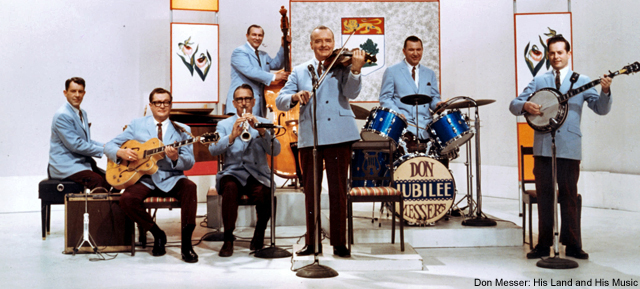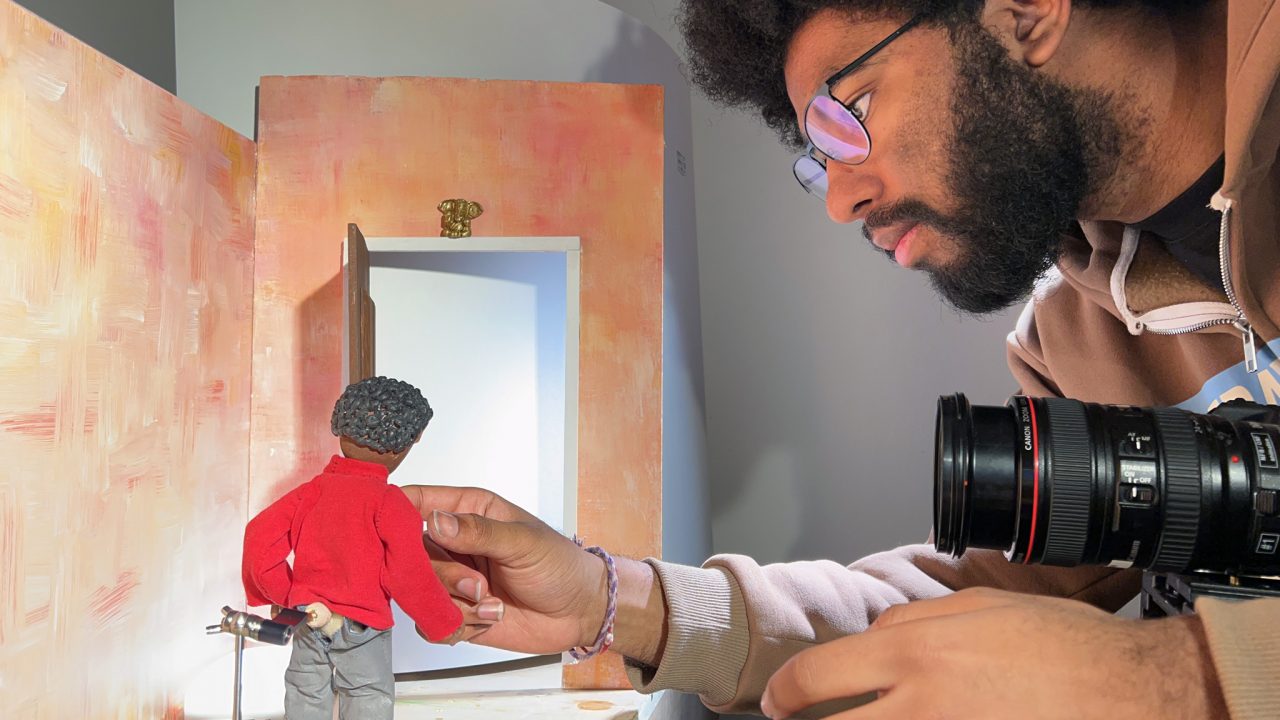
5 (quick) tips for making music for animation
5 (quick) tips for making music for animation
During Get Animated!, our yearly animation bonanza, composer extraordinaire Luigi Allemano gave a workshop called Making Music for Animation at the Mediathèque in Toronto.
Luigi being Luigi (read awesome), he also whipped up a series of “web tips” for us to share on our social media platforms.
Here they are. If you feel they are really concise, it’s because they are. Luigi wrote them so each could fit – snugly – in a single tweet.
Tip 1 – Metronome for Timing
Animators: Use metronome instead of stopwatch to time the moves. Tempo and number of beats can be used to compose music in sync to movement.
Tip 2 – Talking about Music
Animators: Describe your music to the composer in terms of emotion and timing. Avoid music terms, which will limit the composer’s creativity.
Tip 3 – Music or Animation First?
Music is most often composed in post-production but it can be very interesting to get the music done first and then animate in sync to it.
Tip 4 – BPM for Rhythmic Animation
Animation is often done at 24 fps. When making rhythmic moves, simplify sound sync by choosing a tempo that fits: (24/# frames) x 60 = bpm.
Tip 5 – Original Music
Why use the same music as everyone else? Collaborate with a musician and work together to make an animation that looks AND sounds unique.
—
Got more tips? Want more tips? Email me or leave a comment.




Thanks for advice.
Thanks for putting together such a great quick tips for making music animation nowadays animated videos and music are really important part of the great website I am going to add this animated music on my website… 🙂
Animated Video Makers are awesome they manage everything accurately, We don’t know the efforts they make while creating animations. this article is so relatable Thanks, for sharing.
If you are interested – I wrote whole article about timing in animation. I hope will be interesting for you.